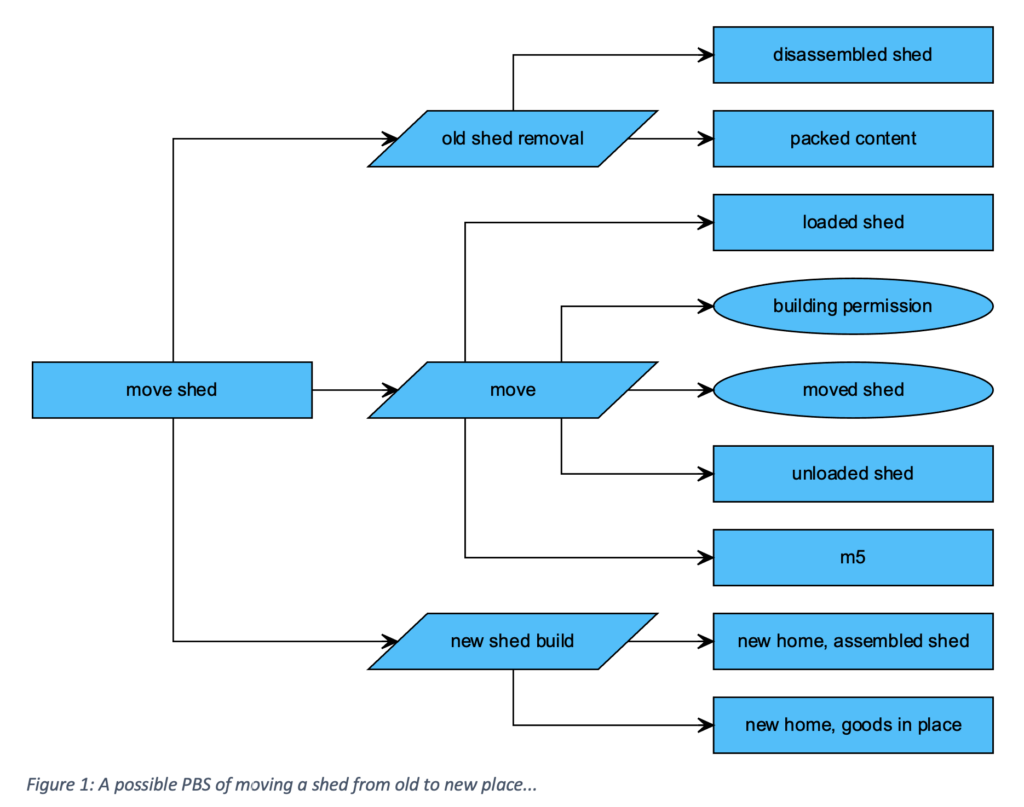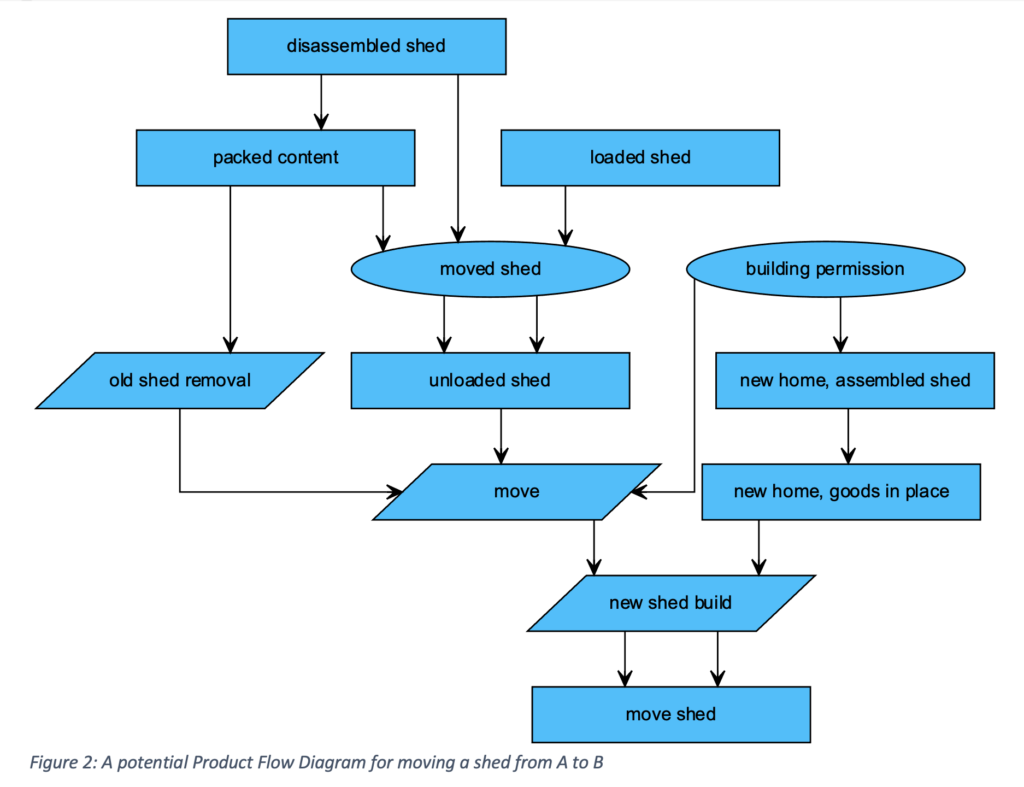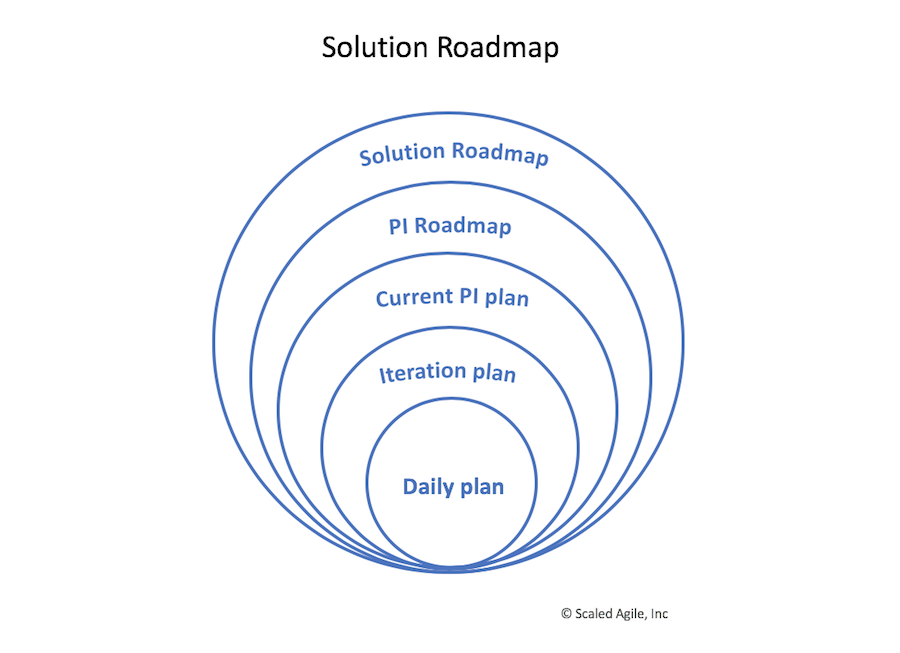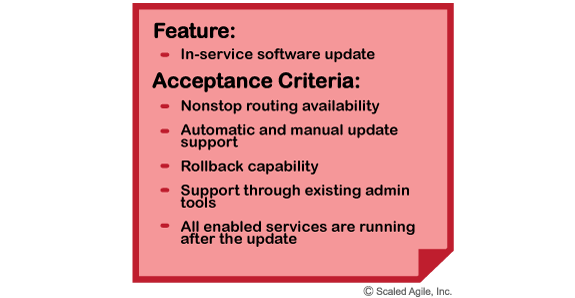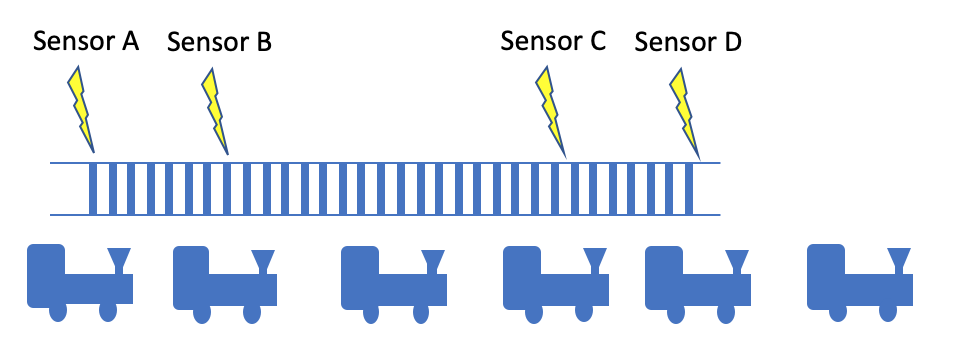Introduction
The idea behind this recipe collection is simple: I really miss good sandwiches in German golf clubs.
Let me explain why by giving you a ranking of the most probable fast food you will find at German golf clubs:
- Nothing.
- Mars bars. Bad. Just fat & sugar.
- Peanuts. Not so bad. Jack Niklaus’ way to stay focused.
- Brötchen (Roll) with cheap ham & cheese and the notorious soggy & tasteless tomato. Typically made to order. So it well set you back at least 10 min.
- Currywurst mit Pommes (curry saussage with chips). > 20 min. Not a halfway option.
- Burger. > 20 min. Not a halfway option.
- Sometimes you get baguette (which is a tasteless ready to bake monster, anyway), which are just scaled up rolls, they take longer to make then a roll and cannot be eaten without havoc to your polo and/or trousers.
We all know this disaster is only partly due to the managers of the club restaurants. German golf is expensive. So it is played by the not so poor people. But funny enough I know some cases where the German golfer takes much more care of his titanium electro trolly (we are talking about the 3000 € price bracket…), then his/her playing pace, proper golf balls and good food.
It seems nobody is actually taking care of the articles in the magazines, which explain how important it is to take care of drinks & food during your round of golf.
Strange, especially since the food we need has already been invented. And it is used by professional golfers around the globe: The sandwich. Actually, it has specifically been invented to serve the busy punter (John Montagu, the 4th Earl of Sandwich was) from being distracted from his vice (casino games). So what would be better then to give the German golf restaurant owners a gentle push towards this British cultural cornerstone?Give it a try. Meaning: Eat better and play better golf.
BTW: Our intention is not to serve as a guide for any afternoon tea or even high tea, but for sure you can use these recipes to your liking.
Remarks on the Bread
The bread may be either
- left as it is
- toasted
- grilled (oil/butter it to your liking)
- fried in a pan (oil/butter it to your liking)
Whole grain bread is healthier then white bread. The spongy toast bread could be replaced by any bread you like, some ingredients may not go well with sourdough (rye, etc.). But beef, pork, etc. will go very well. Try it.
Remarks on Mayonnaise
Some people love mayonnaise, some hate it, others will only accept their own freshly made one. Do whatever suits you. You may replace the mayo with some lighter off-the-shelf variant, or replace it with butter. Be aware that mayonnaise will add salt, some sharpness and acidity to your meal, so if you leave this out, replace it with other ingredients. But one warning: If you don’t put butter, mayonnaise or cream cheese on your bread, you risk soggy bread, which is just awful.
Remarks on Spices
Never buy ground pepper. It quickly starts to stink and taste bland. Much better is a good pepper mill. Much better is a mortar. And please crush just the amount you need. Experiment with different kinds of pepper, but black pepper would be the standard.
Remarks on Variations
Feel free to change the recipes. At least some will benefit from garlic (rub the clove to the toasted bread).
Remarks on Presenting a Sandwich
You may get some sandwich boxes which can hold up to two diagonally cut slices of bread. Perfect for a halfway hut. The plastic version can be yours at less then 10 ct., a carton version is twice as expensive, but looks much nicer and may calm someone’s conscience.
If you want to present the sandwich for a single person, consider combining the sandwich with some salad and/or crisps.
Fingerlings are best presented on a rectangular platter which fits the size of the sandwiches.
You may arrange the quarter triangles in an irregular, fancy way. If you want to be very posh, get yourself a sandwich étagère (AKA cake stand).
A club sandwich is held together with a toothpick. Maybe you use one for other sandwiches as well. Plus, a club sandwich has a slice of bread in the middle.
Remarks on Cutting a Sandwich
- You may leave the crust on the sandwich if you do not want to bin edibles. Perfectly comprehensible. Consider drying the crusts and grind them for a later use as a bread crumb coating.
- You may cut the sandwich into three or four fingerlings.
- You may cut the sandwich into four squares.
- If you cut the sandwich diagonally, you may repeat this procedure ending up at four pieces which could be very nicely dressed on a serving platter.
Remarks on Chutneys, and other Toppings
Just try to make one by yourself.
Start with an easy onion chutney as a start. It is worth it.
For the complete list of recipes check The Sandwich Menu.
Onion Chutney
Ingedrients
- 8 red onions
- 1 red chili, de-seeded
- 2 bay leaves
- 25 ml olive oil
- 200 g brown sugar
- 2 teaspoons of mustard seeds
- 150 ml balsamic vinegar
- 150 ml red wine vinegar
Preparation
- Cut the onions in quarters and slice
- Cut the chilli into thin slices
- Simmer the onions, the chills, the bay leaf in the oil for 20 mins
- When dark, add sugar, vinegars, mustard seeds, simmer for 30 mins
- Stir from time to time
- Pour the chutney into jars (jars should be sterilized already) and seal
- Put the jars into a roasting tray, add some 2 cm of boiling water, put into a 140 C oven
- Sterilize jars for 30 mins
Cucumber – Cream Cheese
OVOLACTO EASY
PREP: 5 min.
COOK: 0 min.
This is not “the” classic afternoon tea cucumber sandwich. The classic is rather bland and leaves out the dill, and the cream cheese, thus it is toast & butter & cucumber. Well…
Some cover the cucumber slices with salt and leave them for some minutes to extract some water (like in good quality tzatziki). I don’t believe it is needed if you eat the sandwiches almost immediately.
But the tzatziki thing leads us to the simple alternative to just put freshly made tzatziki between your bread slices. Wow – another sandwich is born…
Ingredients
- 2 slices of whole wheat bread
- 1/3 Cucumber peeled (serves two, four slices)
- Cream Cheese, softened
- Butter, softened or olive oil
- 1 teaspoon of minced dill, alternatives: mint, 1 crushed garlic clove
- freshly ground white pepper & salt
Preparation
- Mix cream cheese, butter and dill together until soft and can be spread easily
- Cut cucumbers into 4 mm planks
- Spread mixture on both slices of bread covering the entire slice
- Lay cucumbers on one slice not overlapping
- Lay top slice on and press down
- Cut & present to your liking
References
English Afternoon Tea Sandwiches Cucumber & Dill finger Sandwich Recipe: https://youtu.be/GpiXV_Q1n1o
LearnToCook: https://youtu.be/0tgvma5gh-I
Chicken Salad (Prawn Mayonnaise)
POULTRY EASY
PREP: 2 min.
COOK: 0 min.
Chicken salad is like prawn salad basically diced meat plus mayonnaise (plus pepper, plus salt). Betty Crocker adds a reasonable stalk celery and a minced onion to the mix.
Ingredients
- 1 1/2 cups chopped cooked chicken or turkey
- 1 medium stalk celery, chopped (1/2 cup)
- 1 small onion, finely chopped (1/3 cup)
- 1/2 cup mayonnaise or salad dressing
- 1/4 teaspoon salt
- 1/4 teaspoon pepper
- 8 slices bread
Preparation
- In medium bowl, mix all ingredients except bread.
- Spread mixture on 4 bread slices.
- Top with remaining bread.
- Cut & present to your liking
References
Bacon, Lettuce, Tomato AKA BLT
PORC EASY
PREP: 5 min.
COOK: 10 min.
The bacon should be raw bacon. Could be replaced by English breakfast bacon, which is bigger and from the cutlet, not the belly, but this meat would go better with the infamous bacon bap (bacon, bap, brown sauce).
Ingredients
- Two rashers of bacon
- Some Lettuce
- 1/2 Tomato
- (Avocado)
- 2 slices of toast bread
- 2 tablespoons of mayonnaise
Preparation
- bake the bacon with just a bit of oil in a frying pan until crispy to your liking, dry it with a kitchen towel
- toast the bread
- spread the mayo on both slices
- place the lettuce onto one slice
- add the bacon
- add the tomato
- Lay top slice on and press down
- Cut & present to your liking
Club
PORC EASY
PREP: 5 min.
COOK: 10 min.
Actually, the club is a BLT plus some poultry meat.
It always should come as a three-decker of well toasted bread, thus with a slice in the middle.
You should cut four triangles.
Ingredients
- Three rashers of bacon
- Some 3-4 slices of roast chicken breast
- Some Lettuce
- 1/2 Tomato
- (Avocado)
- 3 slices of toast bread
- 4 tablespoons of mayonnaise
Preparation
- bake the bacon with just a bit of oil in a frying pan until crispy to your liking, dry it with a kitchen towel
- toast the bread
- spread the mayo on both outer slices, and one side of the inner slice
- place the lettuce onto one slice
- add half of the bacon
- add the tomato
- Lay middle slice on and press down
- spread the mayo on top
- add the second half of the bacon
- add the chicken breast
- add the tomato
- Lay top slice on and press down
- Place four toothpicks in the sandwich to help it stay together
- Cut & present to your liking
Tuna Melt
FISH EASY
PREP: 5 min.
COOK: 0 min.
Tuna Melt is a gorgeous treat. Food wishes has a nice open sandwich variant you should try for lunch.
Ingredients
- 2 slices of whole wheat bread
- 1 can of tuna (MSC certified, please)
- 1 slice of lemon
- Mayo (see introduction)
- 200 g grated Gouda
- freshly ground black pepper & salt
- optionally: 1 tablespoon of chopped parsley
- optionally: 1 tablespoon of chopped green onions
The tuna melt topping will at least serve two.
Preparation
- Mix mayo, tuna and cheese, using a fork
- add pepper and salt to your liking
- refrigerate until ready to make sandwich
- Lay around four table spoons on first slice
- Lay top slice on and press down
- Cut & present to your liking
If you connect “tuna melt” with molten cheese, go ahead. Just butter the sandwich on the outside, put the sandwich on a steak skillet and cover it. Brown for 3-5 min. per side and check for melting.
References
The Best Tuna Melt Sandwich On Sourdough Bread: https://youtu.be/JhUOA1m4J_M
Egg and Watercress
OVOLACTO EASY
PREP: 2 min.
COOK: 10 min.
Ingredients
- 1 eggs
- 2 tablespoons of mayonnaise
- 1 good handful of watercress
- 2 slices of toast bread
Preparation
- Hard-boil eggs for 10 mins, then drain and cool
- Peel, roughly chop and put in a bowl.
- Roughly chop the watercress
- Stir watercress, salt, pepper and mayo into the eggs
- Lay top slice on and press down
- Cut & present to your liking
References
Smoked Salmon and Cream Cheese
FISH EASY
PREP: 5 min.
COOK: 0 min.
Please use wild salmon, at least “bio” salmon. Farmed fish does not any good to the environment. Alternatively use horseradish instead of capers.
Ingredients
- 50 g packs smoked salmon
- 1 spring onion, chopped
- 1 tbsp of capers 
- 50 g pot cream cheese
- 1 lemon wedge
Preparation
- Mix cream cheese, capers, onion
- Cut salmon to stripes
- Lay cream cheese onto both slices of bread
- Lay salmon stripes on this slice
- Lay top slice on and press down
- Cut & present to your liking
References
Reuben Sandwich
BEEF MEDIUM
PREP: 20 min.
COOK: 180 min.
Ingredients
Corned Beef
- 3 lb corned beef brisket
- Water (enough to cover brisket)
- 2 cups beef stock
- 6 cloves
- 1 tablespoon caraway seeds
- 1 tablespoon dried cinnamon
- 1 tablespoon dill weed
- 1 tablespoon coriander seeds
- 1 tablespoon black peppercorns
- 3 cloves garlic (skins off)
Dressing
- 2 tablespoons mayonnaise
- 1 tablespoon ketchup
- 1 tablespoon sweet relish
- 1 tablespoon Worcestershire sauce
- 1/2 tablespoon hot sauce
- 1 tablespoon shallots (finely diced)
- 1 tablespoon celery (finely diced)
- Small handful chopped fresh Italian flat leaf parsley
- Salt and freshly ground black pepper
Other Ingredients
- Melted butter (unsalted)
- Rye bread
- Sauerkraut
- Swiss cheese
- Serve with coleslaw
Preparation
If you use pastrami, you don’t need the step “Corned Beef”. The bread slices should be toasted.
- Mix the dressing
- Lay 2-3 tablespoons onto the bread slices
- Heat the sauerkraut in a skillet
- cover with corned beef
- cover with cheese
- melt everything in the pan
- place it on one bread slice
- Lay top slice on this and press down
- Cut & present to your liking
Zubereitung des Corned Beef
- Put beef into a casserole
- Cover with water, broth and other ingredients
- Cook 1 hour per pound
- Cool and cut into thin slices.
Links
Steve’s Cooking: https://youtu.be/9WmsYbZl1pw
Grilled Brie and Pear
OVOLACTO EASY
PREP: 5 min.
COOK: 10 min.
For some the only acceptable brie is “lait cru” brie, meaning made from raw milk. This could be impossible to find in your country, since it may be considered risky. The French do not.
Well, if “grilled” is already in the title, my guess is: not to grill is not an option.
Ingredients
- 2 slices of toast bread
- 2 tablespoons of softened butter
- 3 slices of brie
- halve of a very ripe pear (or dried canned pear)
- thyme leaves, black pepper and salt to taste
Preparation
- butter both slices from one side
- lay brie, thyme and pear slices on one non-buttered side
- a pinch of salt and a good amount of freshly ground black pepper
- Lay top slice on and press down
- Grill 3-4 min. per side, cover in between, and check to avoid burning
- Cut & present to your liking
References
Food Wishes, Chef John: http://allrecipes.com/recipe/237472/grilled-brie-and-pear-sandwich/
TEMPLATE
OVOLACTO BEEF PORK FISH VEGAN EASY MEDIUM DIFFICULT
PREP: 2 min.
COOK: 10 min.
Ingredients
- <>
Preparation
- <>
References
- <>
Backlog
http://www.afternoontea.co.uk/blog/the-afternoonteacouk-team/top-10-afternoon-tea-sandwiches-revealed/
Marks & Spencer: http://www.marksandspencer.com/classic-selection-30-sandwich-quarters-/p/p21105185?mfPartNumber=00179690&carousel=FUNV_RR
- Cheese and onion, e.g. https://youtu.be/aTeQY8mFDo8
- Poached salmon and cucumber
- Cheese and carrot chutney
- Roast beef and horseraddish
- Coronation Chicken Sandwich
Top 10 Greatest Sandwiches of All Time: https://youtu.be/iqUtvtK9JzQ
- Ham and Cheese, Croque Monsieur (i.e. H&C with béchamel)
- Breakfast Sandwich: e.g. egg with pork patty
- Cuban Sandwich
- pulled pork
- Philly Cheese Steak
- Grilled Cheese
- Honorable mentions
- Lobster Roll
- Sloppy Joe
- Peanut Butter Jelly
